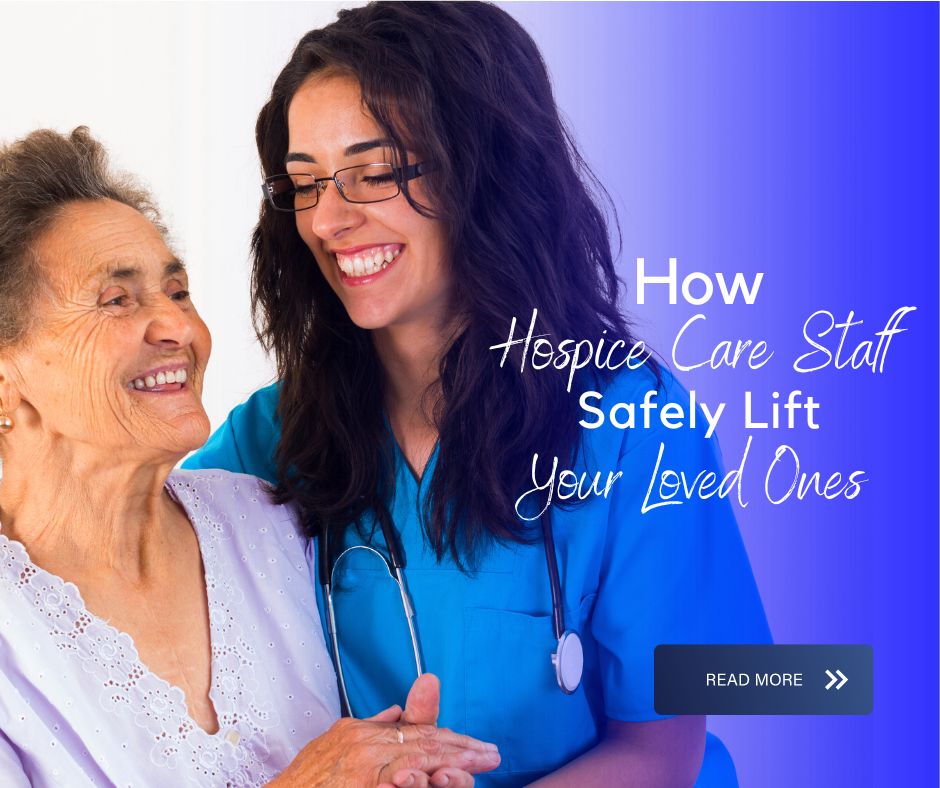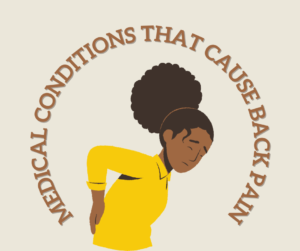If you are responsible for the care and needs of a loved one with limited mobility, you will have to learn how to safely lift them to prevent any injuries to them and yourself. Carers providing Hospice care in Los Angeles advise all of us that your loved one will most likely need help being lifted and transferred throughout the day.
For instance, they probably need help getting to the toilet, up from the bed or chair, or moving into the car. That is why many of us at the Los Angeles and Pasadena hospice believe it is crucial to learn how to lift an elderly person properly, especially if the person you are taking care of is bigger than you.
How To Prepare To Lift A Loved One
When you are getting ready to lift a loved one at the palliative and hospice care center, it is vital to focus on keeping the correct posture. You should keep your head up with your shoulders back and your back straight. Your feet should be hip-width apart, with one foot in front of the other. As you start to lift your loved one, bend your knees and lift with your leg muscles rather than pulling with your arms. Professionals at the Los Angeles hospice warn not to turn from the waist or reach out when lifting.
However, just because your loved one struggles with mobility, hospice and palliative care staff in Los Angeles say that he or she should do as much work as they are able. You can help them by talking about what you are doing even if they are awake and alert. Reassure and inspire them to help by providing good reasons to move, such as a favorite show coming up on television or helping you with a task.
Set up space around them, so it is easy to lift and transfer a loved one. This means you should focus on clearing up any clutter or loose rugs that can create a risk for falls. Try to find tools that can help make lifting easier. For example, transfer boards, lift beds and chairs, and sling lifts are all useful tools to prevent injury.
How to Lift an Elderly Person from a Bed to a Wheelchair
You should always make it a point to make sure you have washed your hands and your loved one’s privacy is protected by closing blinds and doors as required.
Once those tasks have been carried out, you can begin the transfer process by letting your loved one know what you are going to do – even if they are awake and aware. Good communication is important and must always be carried out to ensure an easier and hassle-free process.
Get the wheelchair close to the bed. If your loved one is stronger on one side, position the chair close to that side.
Make sure that the wheelchair’s footrests are out of the way by folding inwards and apply the wheelchair brakes. Remove the armrest closest to the bed.
Assist your loved one in turning onto their side, facing the wheelchair. Place an arm under the neck while one hand supports the shoulder blade and the other is under the knees. Get their legs to swing over the edge of the bed as you help them to sit up.
Once that has been accomplished, have your loved one move to the edge of the bed. Check to see if they are wearing skid-proof socks or if they have their shoes securely on their feet. Make sure to support the leg which is furthest away from the wheelchair between your legs, lean back, and shift your weight as you lift.
At this point, make your loved one pivot towards the wheelchair as you carry on, keeping your hands clasped around their back.
When your loved one bends towards you, bend your knees and lower them into the back of the wheelchair.
Eventually, help them get settled comfortably in the chair and arrange the footrests and armrests.
How to Lift an Elderly Person Off the Floor
Sadly, older adults are susceptible to falling. If your loved one has fallen, you may have to lift them up on your own, and this is when knowing how to lift an elderly person off the floor becomes very useful.
When an incident such as this occurs, start by checking them for injuries. If your loved one is injured, call the hospice team, doctor, or emergency services in Los Angeles for extra support.
On the other hand, if your loved one does not have any injuries, you can work together to lift them off the floor.
Start by putting a chair by their feet and another by their head.
Roll them onto their side and help them into a kneeling position.
Your loved one can help you out by bracing their hands on the chair in front of them while putting a single leg up towards the chair as if they are doing a knee lunge. You can support their body as they try to get into the position.
If you find that you are struggling to help them off the floor, don’t be afraid to ask someone to help you out. It is ok to have another family member or a friend help you lift your loved one from the floor.
Also, you can get in touch with a non-emergency line of your local police department who can dispatch officers, firefighters, or EMTs to help lift an elderly person off the floor after a fall.
How Can I Improve My Strength For Lifting Capabilities?
One of the fastest ways of building strength is walking. Just going on a walk on a regular basis can strengthen your legs and back muscles as well as help with more blood flow to all the muscles. Besides walking, the exercises below are great at developing overall body strength for optimal lifting ability.
- Squats
- Wall Push-ups
- Deadlifts
- Step-ups
- Reverse lunges
If you have any concerns about handling a loved one’s care at home, do not hesitate to contact our team of experts at Faith & Hope Hospice & Palliative Care at (888) 524-6268.








